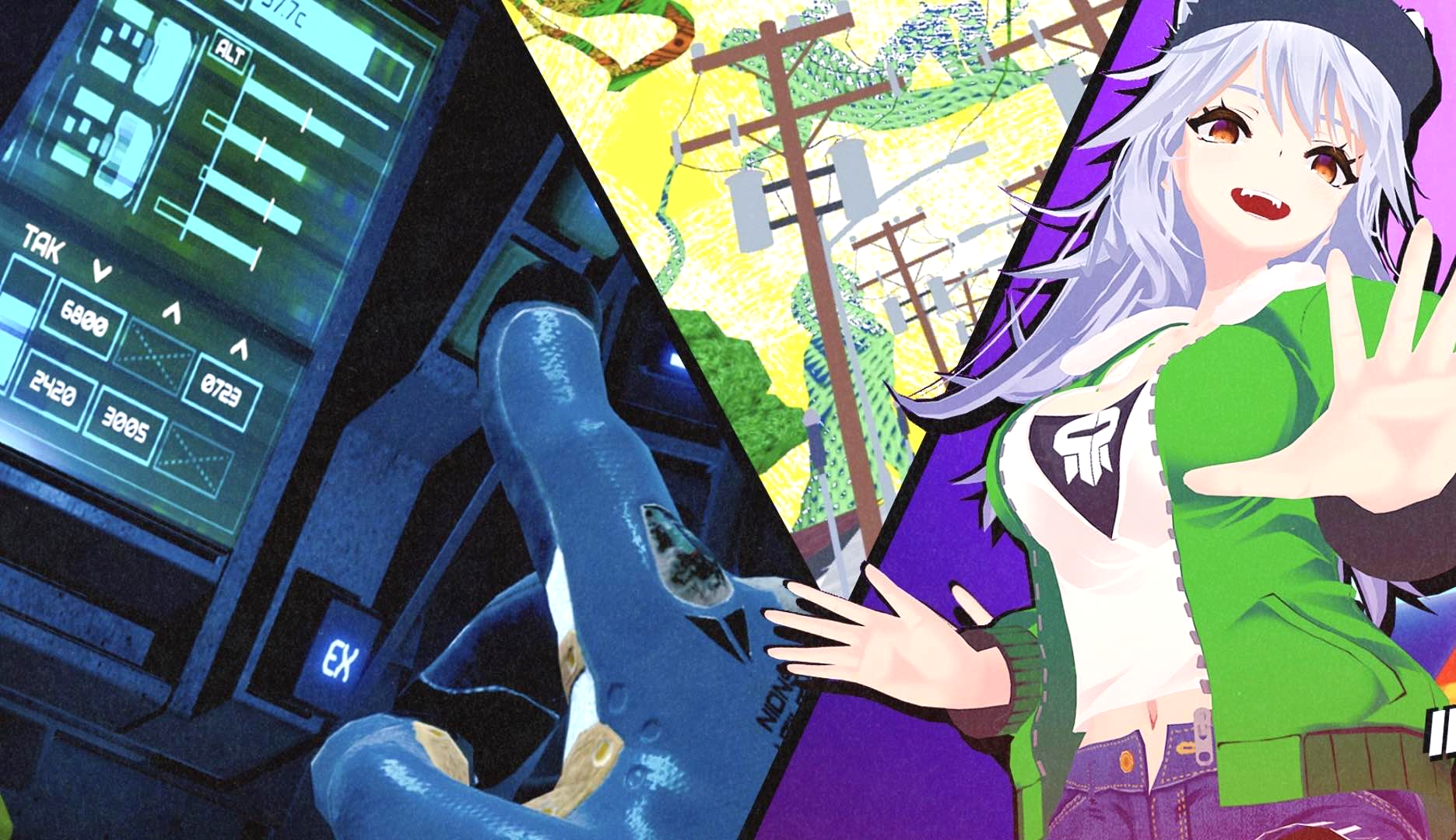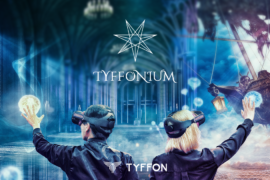You’ve secured funding for your revolutionary new VR game. It’s going to blow everyone out of the water. All you need now is a good team for production.
Except, something’s happening with those background checks. Every now and again, your trail of research ends in a series of URLs featuring catgirl avatars on some kind of side YouTube channel. Do you want to hire someone with a catgirl avatar to make your VR game?
Yes. You do.
When using the right tools and practice to develop expertise, creators regularly publishing their work on social VR platforms can eventually develop into a professional. Gizem “Mishi” McDuff marketed her House of Blueberry fashion line in Roblox and earned millions of dollars while one popular game creator in VRChat earns over $7,000 a month via Patreon. That level of success isn’t common in VR just yet and, to be fair, most creators make nothing. Still, there are new paths for professional development in VR than what’s been available in the past, and we’ve talked to some of the creators working in this space about what to expect.
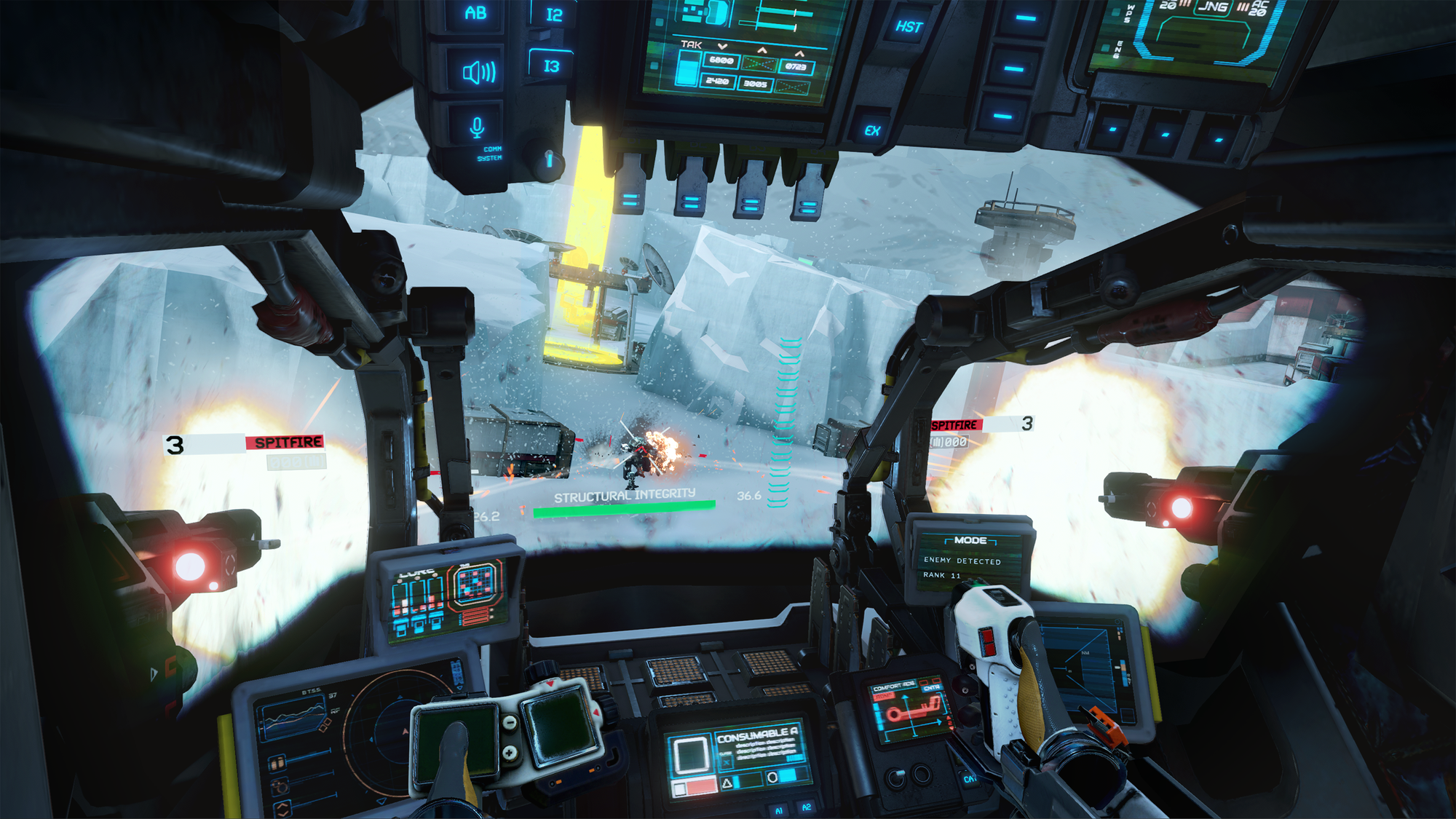
Benjamin Miner is a social VR user who’s expanding his horizons.
Miner got his start working on custom maps for Black Beach Studios’ mecha-battle-royale game, Iron Rebellion. The maps Miner submitted were initially done for the love of modding. Soon, though, Black Beach Studios approached Miner for an official position as project manager.
“When you start to learn to create things for yourself, the whole universe opens up,” said Miner, in an interview with UploadVR. “You have the power not just to make worlds, but to truly feel like you’re inside of them.”
For creators like Miner, the space between developer and player shrinks because of VR’s unique brand of socialization. A meetup in VR, for instance, can suddenly and unexpectedly bring you face-to-face with the people who’ve made something that’s left an impression on you.
“We had one meet-up with some folks from Stress Level Zero in [VRChat],” Miner explained. “It was one of those things where it’s burned in as a core memory for me now.”

Jace Fernandez is known to the VR music community as Sly and Dance Dash is a bright and colorful rhythm game that’s available on the Meta Quest and Steam Store from accessory maker Rebuff Reality.
For Dance Dash, Fernandez worked on music tracks, special effects, and 3D level design. Fernandez is the founder of the virtual music festival Slyfest, which thousands of people have attended online. After hosting Slyfest for its second year, Fernandez was approached by VR game and accessories studio Rebuff Reality to join their team. Previously, the company served as a sponsor for Slyfest. Now, they were interested in hiring Fernandez directly.
“I only started game dev as a hobby in 2018,” Fernandez wrote. “I’m very grateful that I have this space to work on things professionally and out of passion. You need a balance between the two.”
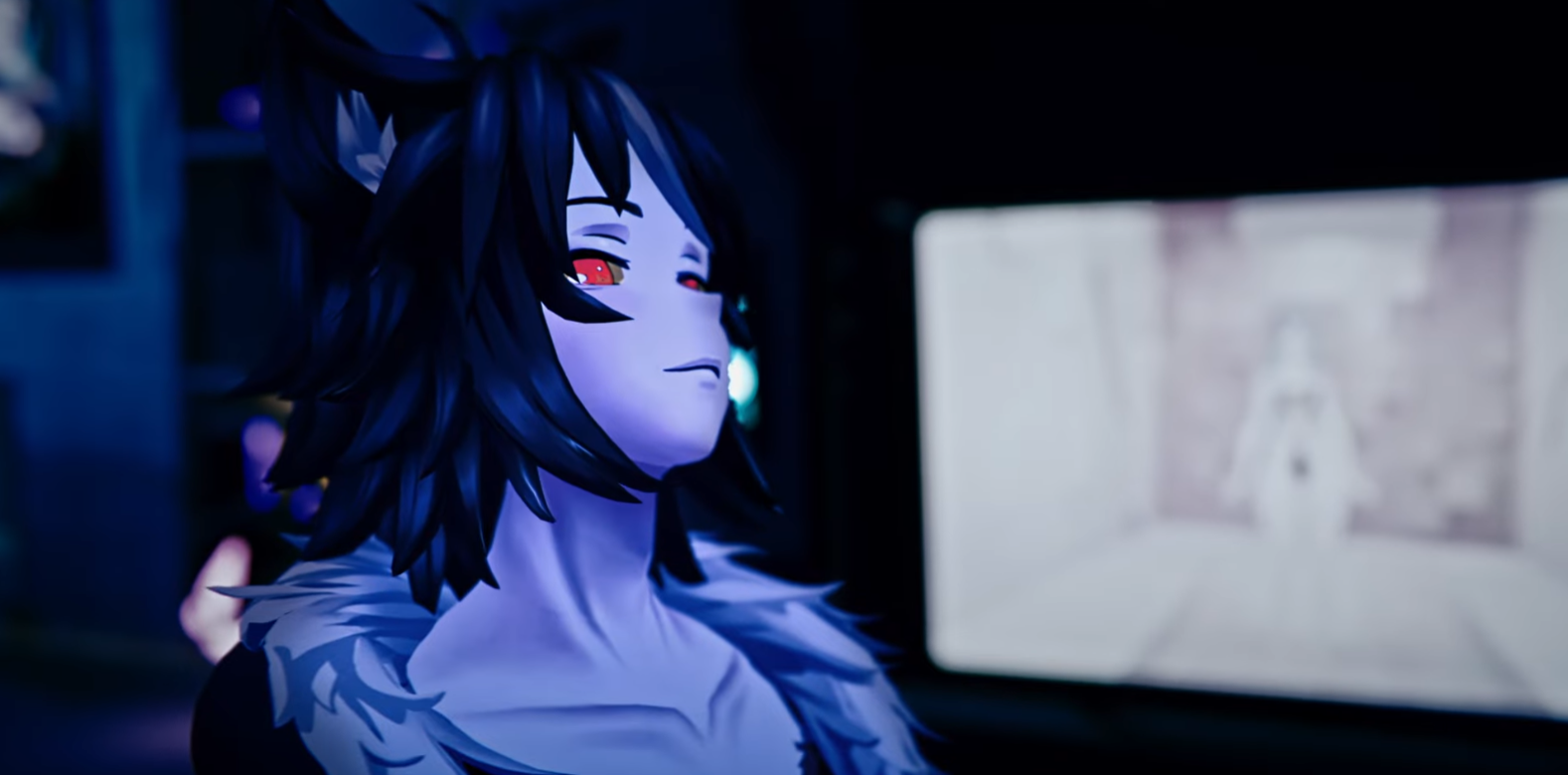
Credibility In VR Names & Online Handles
Raindance Immersive is the virtual extension of the Raindance Film Festival, awarding artists and filmmakers for their achievements in virtual reality. This year, two nominees for Best Music Video represented expanding trajectories in virtual entertainment.
Like Crazy, directed by VRChat user Ariel Emerald, features virtual musicians TFMJonny and LydianMelody in a story of love and loss across the galaxy. For Ariel, a second Raindance nomination means a chance to sharpen her skills.
“The connections I’ve made in VR, and the potential for creation it has offered me, are the catalyst that has fundamentally reshaped my life. It’s actually possible for me to envision a career in film,” she explained.
TFMJonny thinks it’s inevitable that larger movie studios will open in VR.
“There is so much freedom to creating films in VRChat that saves time, money and resources without sacrificing quality,” TFMJonny wrote.

The winning entry in the same Raindance category for Best Music Video was I Still Love You, by VR singer Starheart. While participating in Raindance Immersive this year, Starheart also recently composed music for the immersive VR album Rave Gazebo.
“In VR, I’m mainly known for singing and playing piano live and making music videos,” Starheart wrote. “I decided to be credited on Rave as my VR name instead of my real life name…because I wanted to be able to share this project with my friends in XR.”
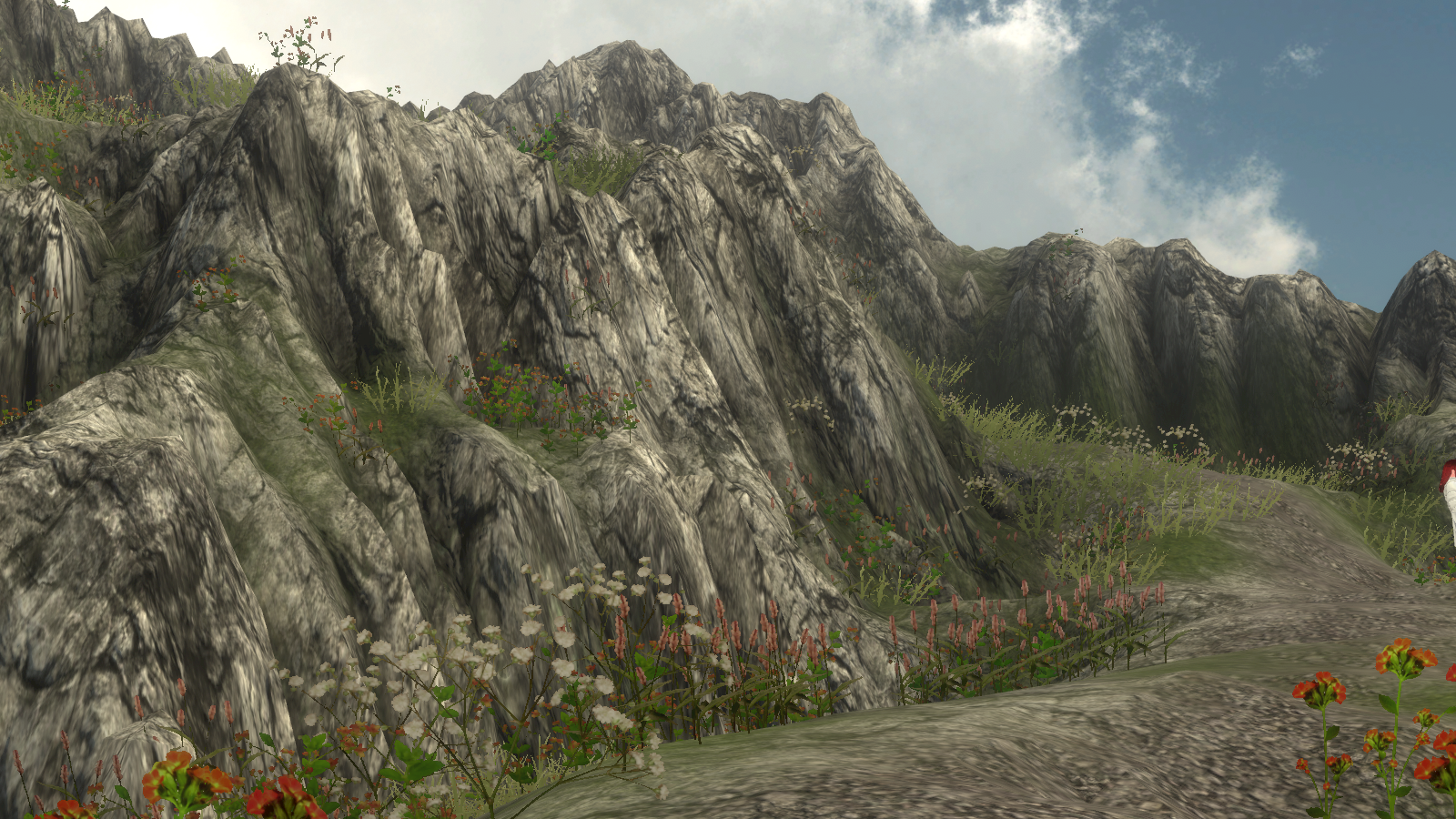
Reflecting On The Industry
But will current immersive platforms end up helping, or hindering, long-term professional growth for its users? H3VR developer Anton Hand has seen the ups and downs of more than one virtual world, and he isn’t convinced the future is assured for its newest creator class.
“My time in Second Life was where I learned what customers are. What fashion is. How fandom works. Brands work. Why people who reside in virtual space reside in it. You won’t learn any of that in ‘formal’ education,” Hand wrote to UploadVR.
“I think what happened in Second Life was unique and hasn’t been replaced because SL was the right level of anarchic. User commerce and creativity wasn’t top down controlled to the same degree that everything is in our platform era. Every corp is so afraid of insufficiently monetizing for themselves anything interesting that happens in their space, that they end up strangling out any possibility of something truly surprising happening.”
Hand suggested that while VRChat has “a deep community there that isn’t ever going away,” its growth may stall without improvements to haptic technology, or better direct brain interfaces that facilitate more intimate tele-connections.
Inspiration Outside VR
Even when a non-VR game developer uses social VR, their design decisions might become influenced by their newfound awareness of spatial design.
“Swa” is a developer for a studio outside of the immersive industry. His journey into social VR deepened his belief in the intersection of communal arts and digital space.
“Virtual reality transformed my design approach by offering a way to understand environments and user interactions,” Swa said. “Designing in VR promotes real-time experimentation and has led me to explore app development. […] By collaborating in social VR, we’re building a connected and dynamic development ecosystem.”
